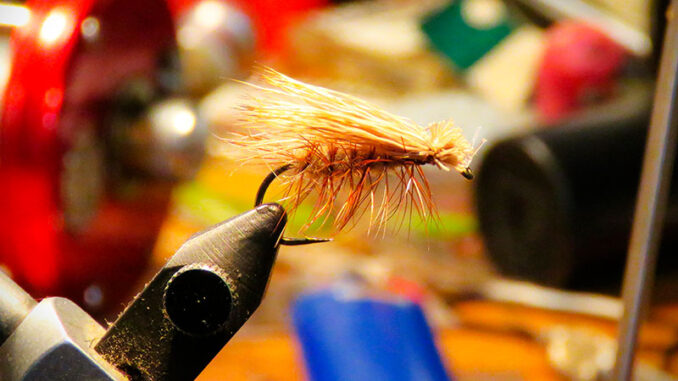
Steve Raymond wrote “I’d rather not catch trout on flies,” in a book that I recently read, “A Fly Fisher’s Sixty Seasons.” He said, “If I am not going to catch fish, I would rather not catch them on flies.” He is the author of several great books and I agree with his sentiment.
There is something special about fly fishing. The rhythmic swish of the line as it zips over the water, the sensation of the line loading the rod on the back-cast and the delicate presentation of the fly as it drifts lightly to the surface of the water: all of these elements combine to make fly fishing special, even on those days when the fish have lockjaw.
I will venture to take his thought process a step further. If I am not going to catch fish, I would rather not catch them on flies that I tied. Of course, we all desire success and these things are said in jest, but a nugget of truth is in there.
Despite our best efforts, trout don’t always care. Once I was fishing on the Davidson River and had a nymph pattern under a neon orange indicator. I was drifting the nymph through a riffle when an enormous trout struck the indicator. I reacted impulsively and the tippet slipped through the indicator, lightly hooking it for a millisecond. What on earth possessed that wary trout to strike an indicator? Like I said earlier, trout don’t always care.
Speaking of the Davidson River, a friend and fly shop owner once told me that the trout on the Davidson River could tell you the name of every fly pattern and probably who tied it.
Trout are sometimes caught on the most unlikely pattern. As fly tyers, we strive to duplicate the distinctive appearance of delicate insects, but the next guy downstream catches one on a “gosh awful” creation that only he could love.
Getting started
Despite the unsettling words above, it is our desire to replicate, as accurately as possible, the appearance of the insects that inhabit the streams that we fish. As we do this, we need to keep in mind that certain “triggers” entice a trout to take a fly. The famous fly fisherman and author, Gary LaFontaine, was a master of creating special patterns that did not necessarily “match the hatch,” but they had those special triggering attributes that elicited a response from trout.
Two of the most interesting are the Deep Sparkle Pupa and the Emergent Sparkle Pupa. These flies imitate the pupal stage of Caddis Flies, and the use of the sparkle yarn in a unique manner lends the appearance of an air bubble that causes the pupal stage of the insect to rise in the water column. This is one of the special “triggering” effects that LaFontaine learned to incorporate into his patterns.
LaFontaine learned many of these triggers by spending countless hours submerged with Scuba gear in good trout water while his associates cast various patterns over him and the fish. By recording the reaction to the variety of patterns, he determined what it was that triggered the response.
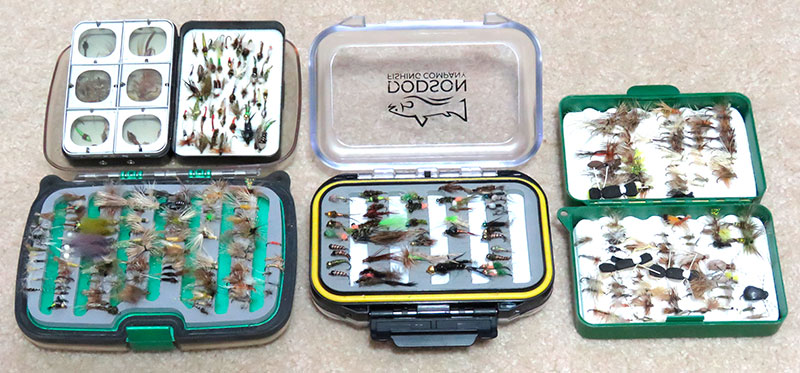
We may never be a Gary LaFontaine, but I encourage everyone to purchase a good rotary vise and some essential materials and start tying. Get some of the great literature available with color photos of the patterns that you desire to tie and go to work. You will be rewarded by the special sense of achievement when you catch a fish on one of your patterns.
Don’t worry if the early production is not perfect. The presentation is often more important than the pattern. Learning to approach a spot, cast with minimal movement and placing the fly in the right location will result in success.
One of the side benefits of tying flies is that it forces you to study insects. The more you learn about aquatic and terrestrial insects and their habits, the better fisherman you become. Entomology is a very interesting topic, and the more you learn, the better your flies will become.
Favorite patterns
As you develop your skills as a fly tyer, you will likely have more success with certain patterns and they will become favorites. As for me, I am a fan of Caddis patterns, and my favorite of all is the Elk Hair Caddis. You will likely have fond memories of the first of your flies that was successful in luring a trout to your presentation.
Fly tying is an obsession. I have more material than I could tie in two lifetimes. I once told the owner of a local fly shop that I think I had more material than he did, and that he needed to get something new in for me to purchase.

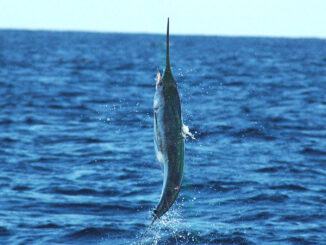
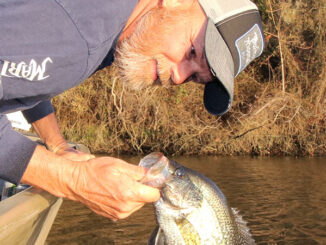
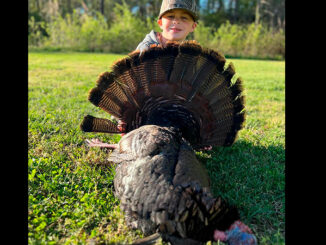
Be the first to comment